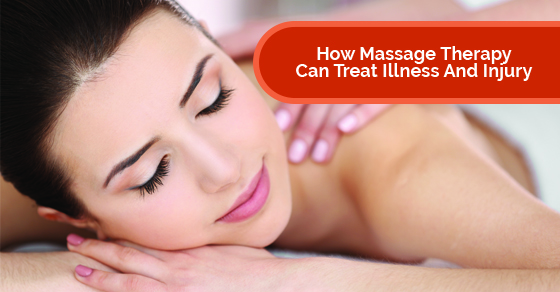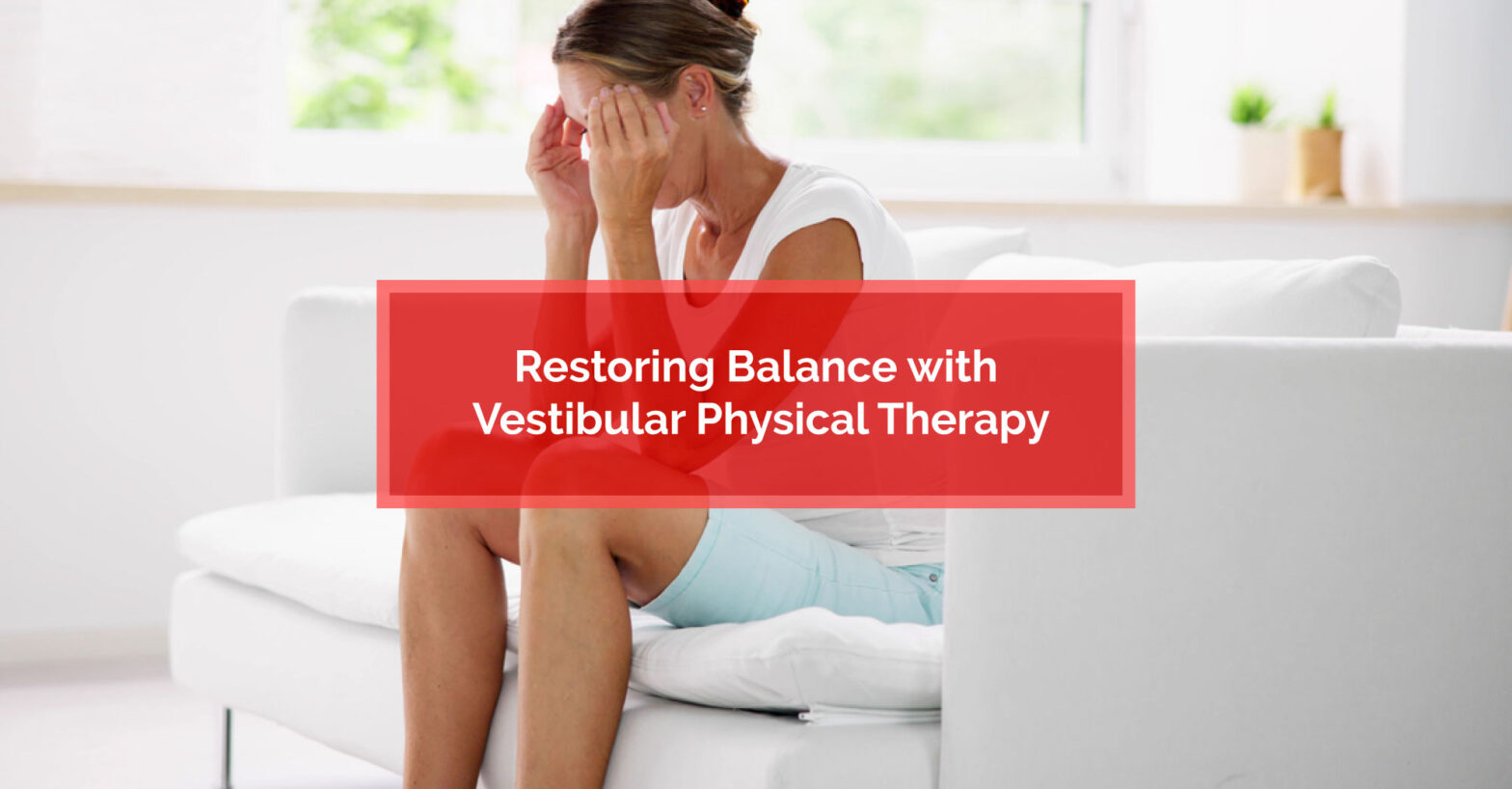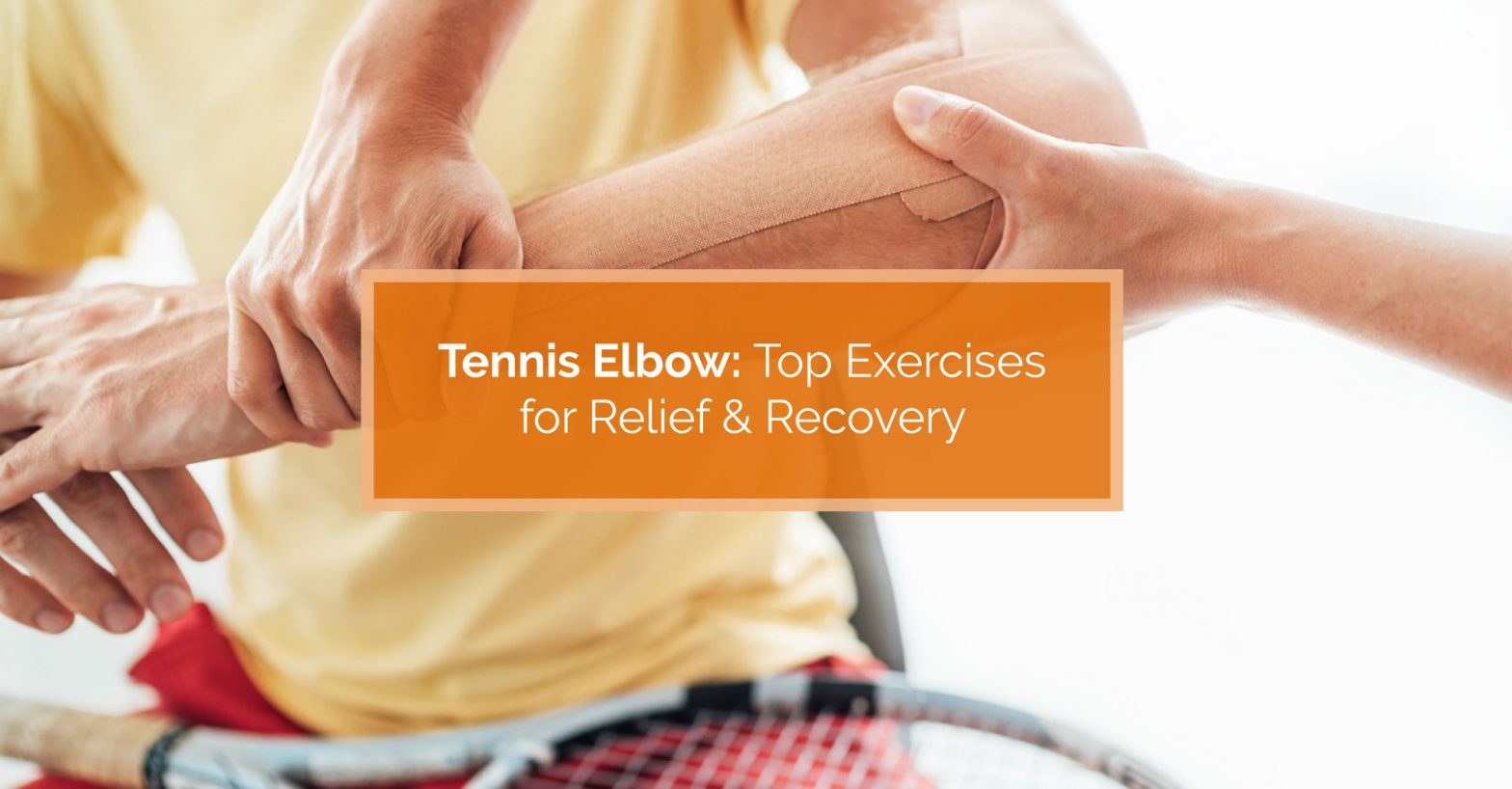Osteoarthritis Treatments: What You Need to Know...
Key Highlights: Osteoarthritis treatments focus on pain relief, restoring joint…
Read More
Posted by Dr. Scott Wilson | 15-Dec-2018
Massage is often regarded as something you schedule at a day spa for some much needed “me” time. Although massage therapy is often used successfully to treat symptoms caused by stress, it can also be used to treat chronic and acute conditions that can lead to pain, as well as several other health conditions that can diminish your overall wellness. It is suited to patients of all ages to assist in maintaining mobility, reducing stress and helping to heal conditions that are both temporary and chronic.
What is Massage Therapy?
Massage therapy has been used for more than 3,000 years as a healing art. There are many different techniques of massage used today, applying manipulation to soft-tissue to improve circulation, reduce stress and pain. The techniques include a combination of stroking, kneading, rocking, tapping or steady pressure based on the needs of the patient. Massage is applied by a registered massage therapist, highly trained and certified in providing treatments that can reduce pain, stress and anxiety, as well as treat a number of conditions, including sleep disorders, high blood pressure, diabetes, low back pain and depression.
Registered Massage Therapists
Many people do not realize that massage therapy is a regulated health profession in Ontario performed by a Registered Massage Therapist (RMT). RMTs are highly trained individuals who undergo rigorous training and education in order to be registered with the College of Massage Therapists of Ontario (CMTO).
An RMT’s training includes competency-based education at educational institutions recognized by the Government of Ontario, including the study of anatomy, physiology, pathology, physical assessment, neurology and treatments. They must complete a minimum of 150 clinical hours and pass challenging examinations by the CMTO. They also have to continue their education to maintain their status and prove they are still up to par with the training they received to become an RMT.
Types of Massage
There are many massage techniques available and your personal treatment can include a combination of techniques to ensure the best possible results. Some of the most common techniques include:
Other traditional naturopathic treatments performed by RMTs can include Acupressure, Acupuncture, Reiki and Cupping, to name a few.
Effectiveness of Massage Therapy
Massage therapy is currently being used in many different clinical settings, such as chiropractic clinics, cancer clinics, orthopedic offices and OBGYN offices. It is a complementary treatment that works in hand with many other treatments to help improve both mental and physical symptoms, allowing patients to achieve overall wellness.
Massage therapy uses evidence-based treatments with research to support the fact it can promote health with important results that include reducing heart rate, lowering blood pressure and increasing blood circulation and lymph flow. Evidence also shows that massage relaxes muscles, improves range of motion and increases endorphins. It can be effective to treat acute physical pain and speed up recovery from injuries while reducing the need for pain medications in the short term and surgeries in the long term.
Other effects of massage therapy include altering your biochemistry which can improve your immune system and stress release when positive mood hormones are released. When you consider that stress has been related to up to 80 percent of all diseases, you can see how regular massage can be of great benefit for your overall wellbeing. It also reduces the stress hormone cortisol while increasing dopamine and serotonin which are positive, feel-good hormones. It also lowers excitatory hormones like epinephrine.
Although massage doesn’t increase muscle strength, it can stimulate inactive, weak muscles. This can be helpful for patients who are unable to remain active due to injury or illness.
Massage can assist with the following stress-related physical conditions:
Effective Evaluation
An important aspect of treatment is a thorough evaluation at your initial appointment that will provide insight into your health history and symptoms. This allows your RMT to provide a detailed, personalized treatment plan to suit your specific needs. We also explore other aspects of your health, including lifestyle and biomechanics. We can then confirm a diagnosis and recommend the best massage therapy for you. Although you might share symptoms with someone else, you will have a treatment that takes every aspect of your health, history and lifestyle into consideration to create a unique plan.
Your Treatment
Your comfort is our number one priority. You will receive treatment in a private room and decide if you will be more comfortable fully dressed or prefer direct skin contact. You will also have a clean sheet and blanket to keep you comfortable during your appointment. Your RMT will begin your session and will ask you to let them know if you are feeling any discomfort during your massage. Following treatment, you will feel relaxed and sometimes even a little sleepy. Some people feel the opposite with a surge of energy and even an increase in concentration. Because massage releases toxins, it is a good idea to drink plenty of water to flush out the toxins from your system following your session.
If you would like to learn more about massage therapy or book an assessment, contact us here.

Key Highlights: Osteoarthritis treatments focus on pain relief, restoring joint…
Read More
Key Highlights: Runner's knee, or patellofemoral pain syndrome, is a…
Read More
Key Highlights: Upper back and neck pain can be caused…
Read More
Key Highlights: Many people want to lose belly fat for…
Read More
Key Highlights: Vestibular physical therapy, or physiotherapy, is a specialized…
Read More
Key Highlights: Tennis elbow, or lateral epicondylitis, is a condition…
Read More